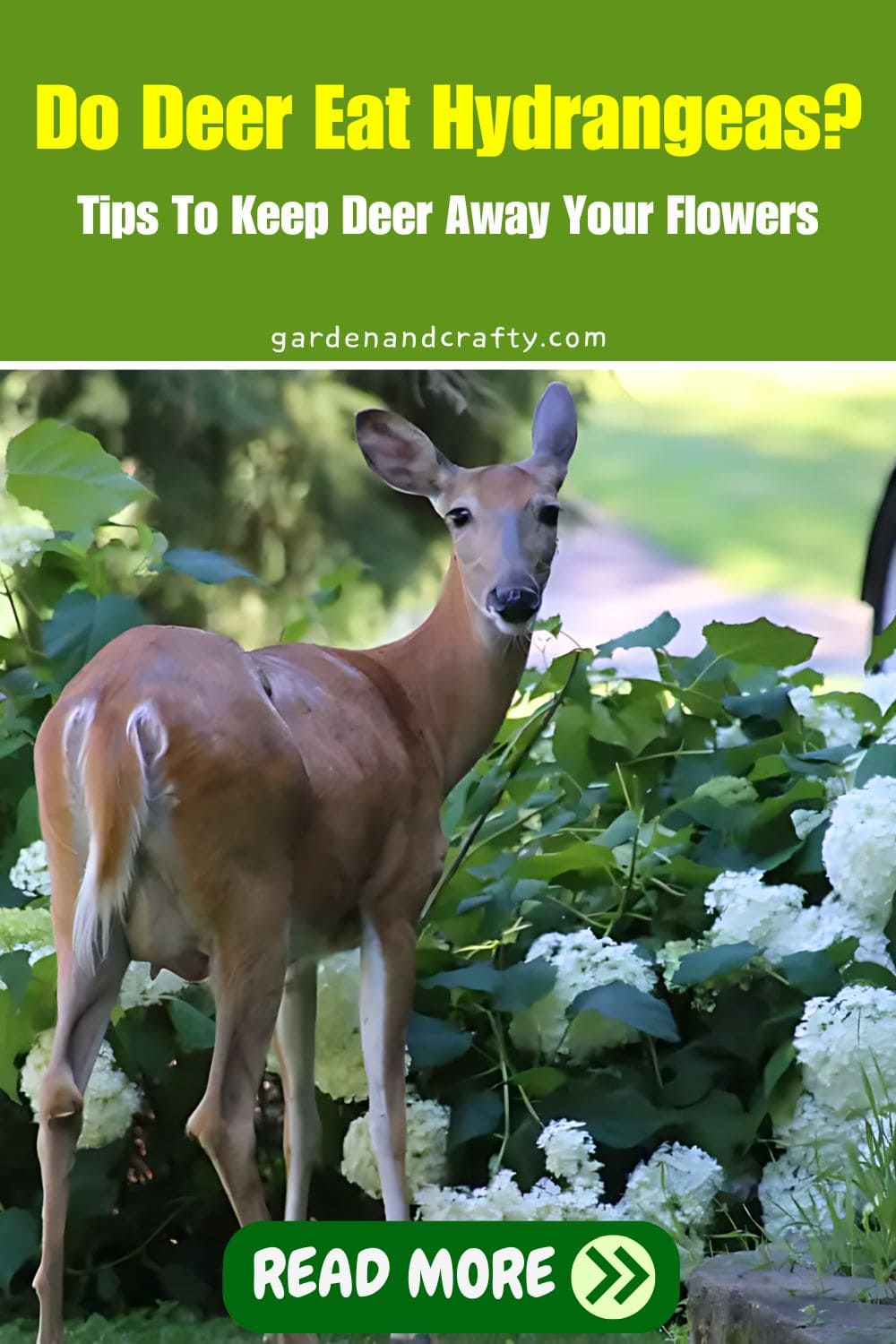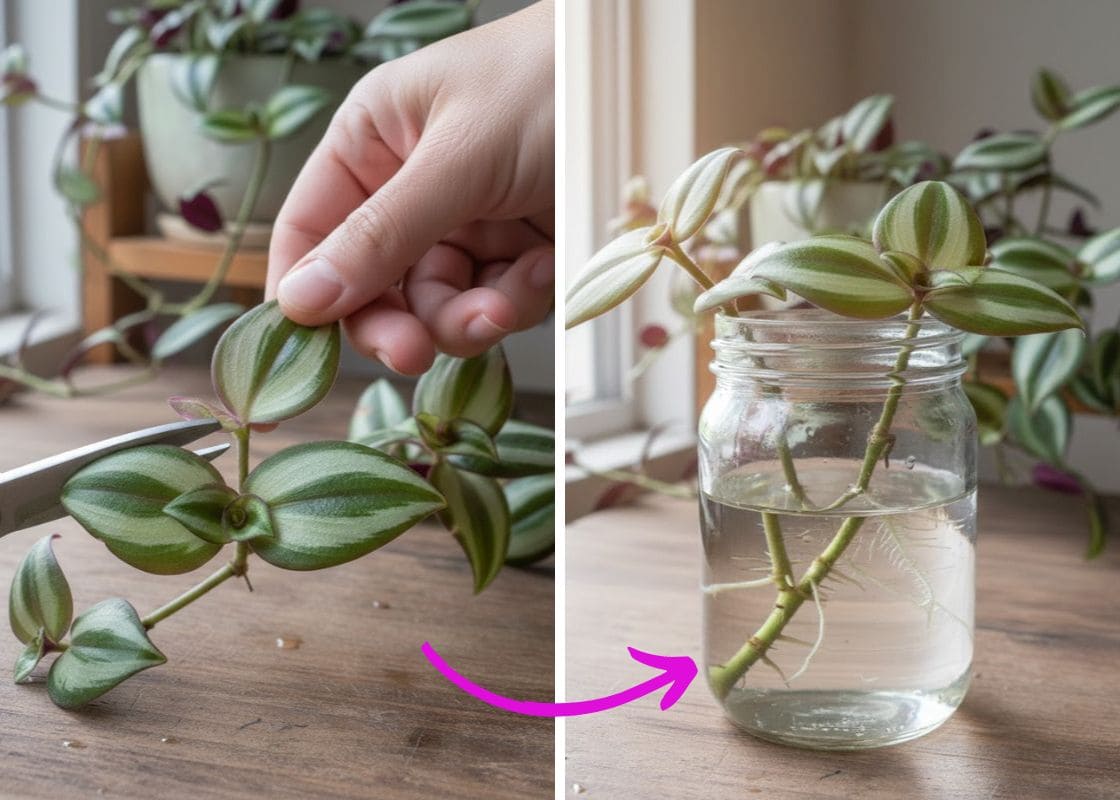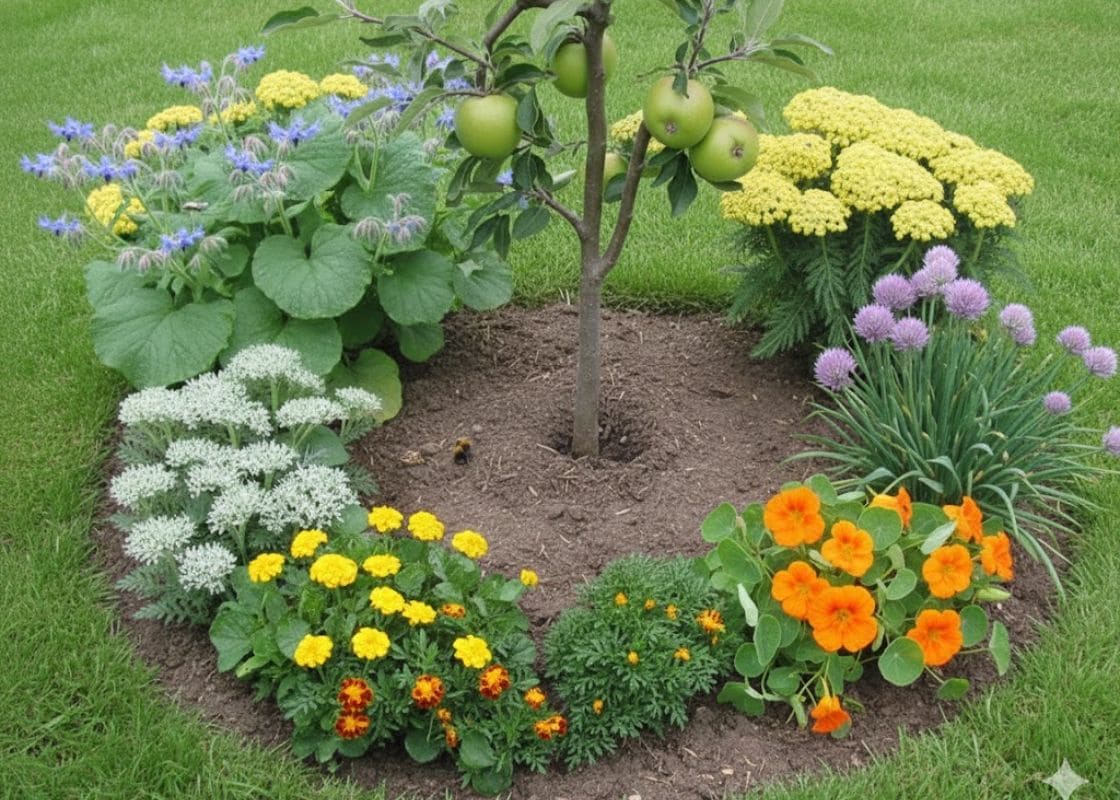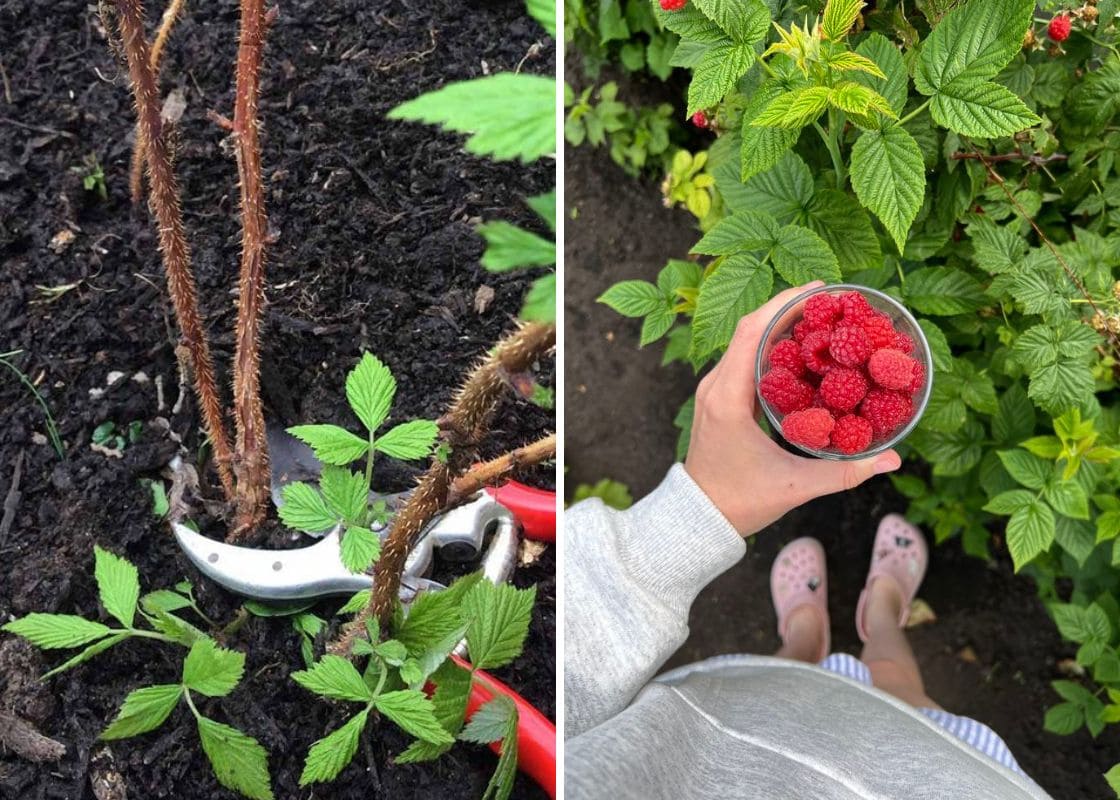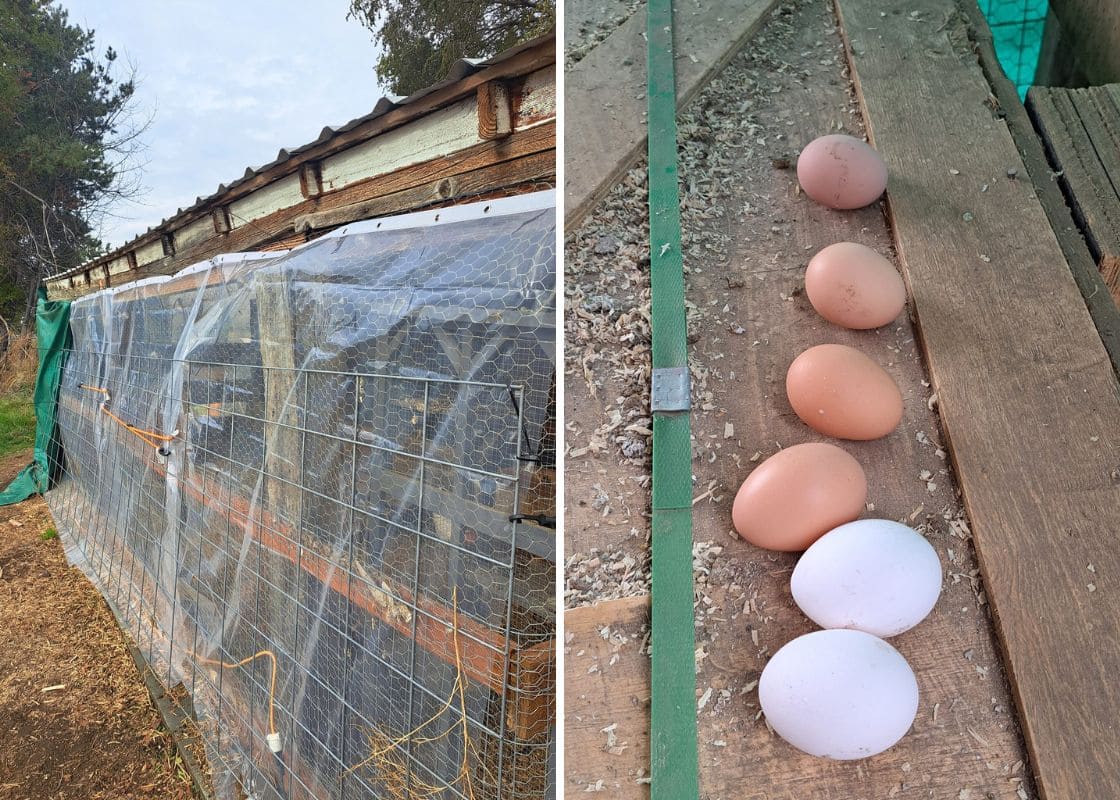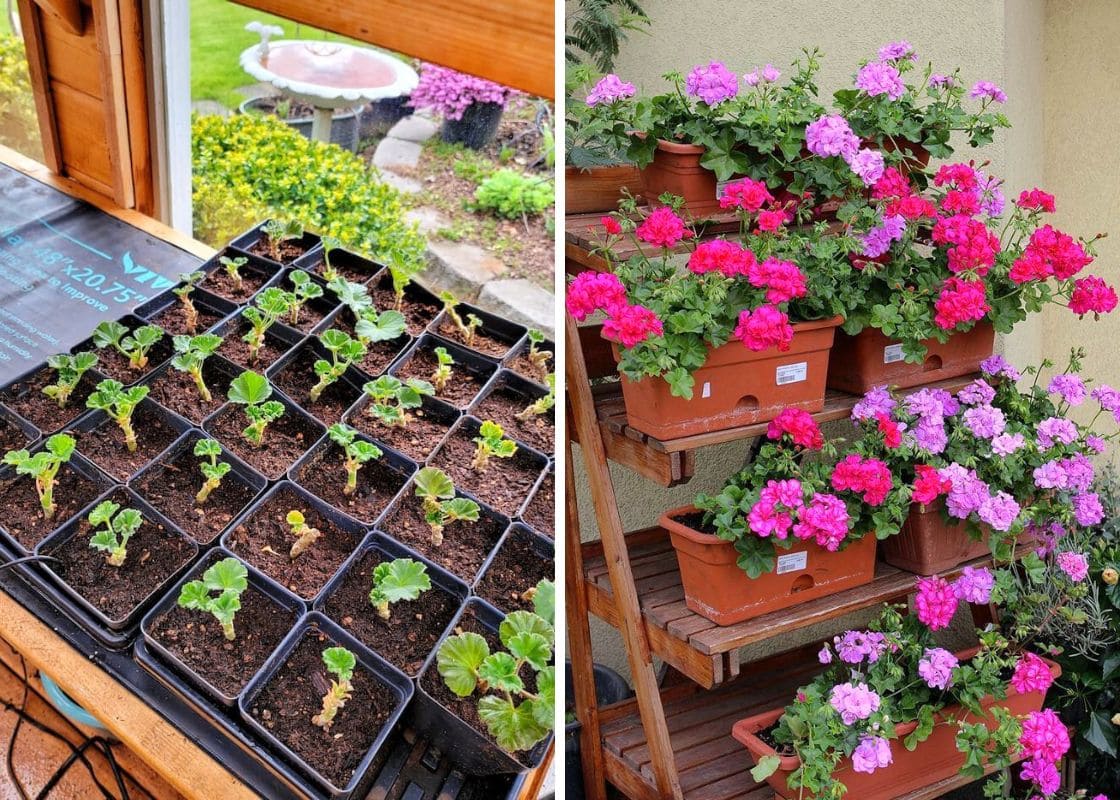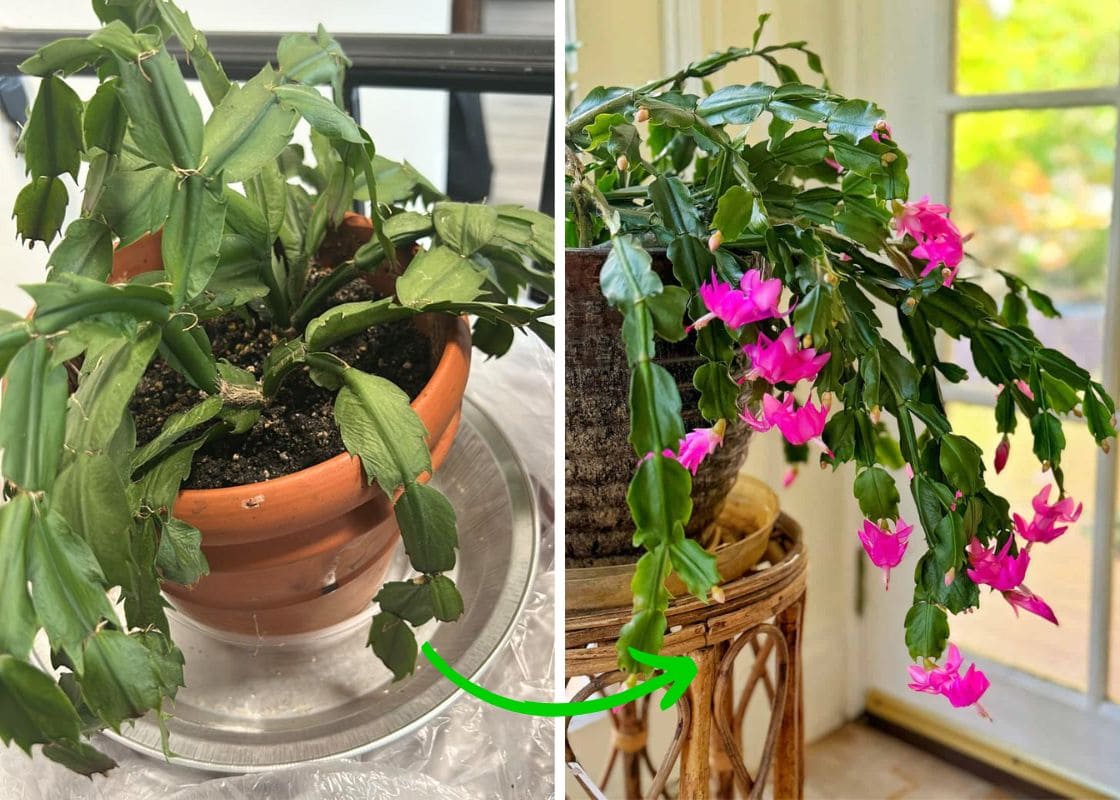When I first started gardening, I quickly fell in love with hydrangeas. Their big, colorful blooms added so much charm and beauty to my yard.
However, I soon discovered that I wasn’t the only one who loved these gorgeous flowers-deer did too. I remember waking up one morning to find my hydrangeas chewed up and looking sad. It was heartbreaking to see my hard work ruined overnight.
If you’ve ever faced this problem, you know exactly how frustrating it can be. Deer might look cute and harmless, but they can wreak havoc on your garden, especially when they munch on your favorite plants.

| Common name | Hydrangea spp. |
| Scientific name | Hydrangea |
| Plant type | Deciduous shrub, small tree, or climbing plant |
| Size | 3-15 feet tall and wide |
| Flower colors | Blue, pink, white, purple, green |
| Blooming season | Spring, Summer, Fall |
| Soil requirements | Well-drained |
| Watering needs | Moderate to high |
| Light requirements | Full sun to partial shade |
| Hardiness Zones | 3-9 |
Do Deer Eat Hydrangeas?
Yes, deer do eat hydrangeas.
Hydrangeas attract deer because of their tender, moist leaves and delicate flowers. These plants are like candy to deer, especially during the spring and summer when other food sources might be scarce. Additionally, hydrangeas often have a sweet scent that draws deer in from afar.
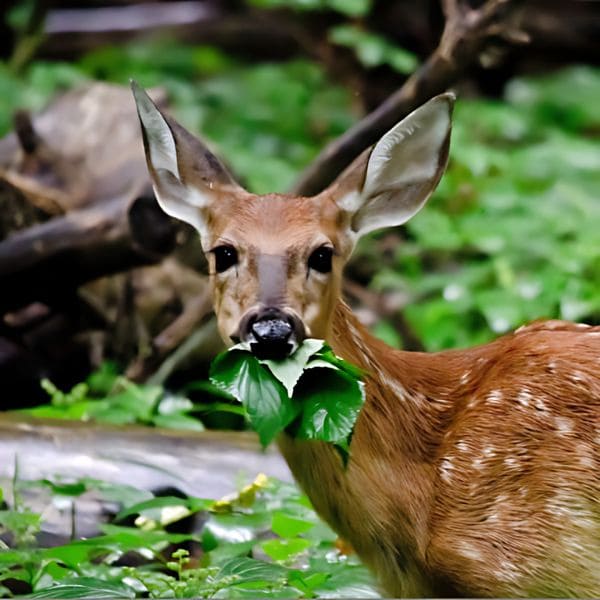
You can tell that deer are munching on your hydrangeas by looking for specific signs such as the jagged bite marks on the leaves and stems. Deer don’t have upper front teeth, so they tend to tear at plants, leaving a ragged edge.
Another telltale sign is the height of the damage-deer usually eats at a height of one to five feet off the ground. If your hydrangeas are stripped of leaves and flowers within this range, deer are likely the culprits. It is also clear when you notice deer tracks or droppings around your garden.
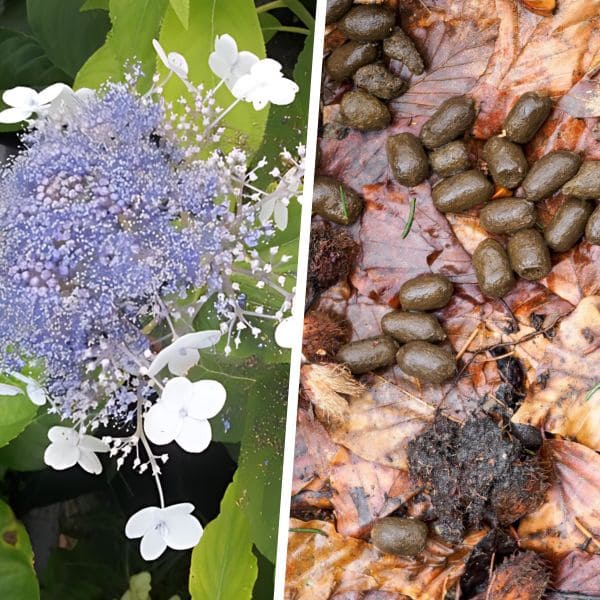
How to Keep Deer Away Hydrangeas
Tip 1: Physical Barriers
Your garden fencing should be at least eight feet tall, as deer can easily jump over shorter ones. You can choose from various types of fences, such as wooden, metal, or even electric fences.
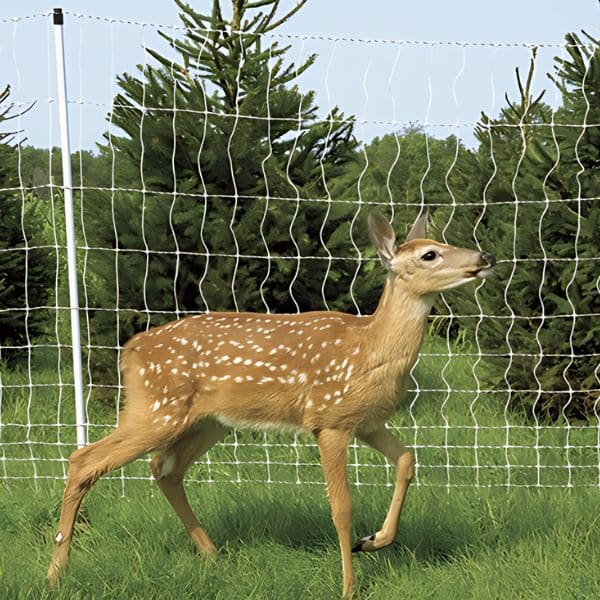
During the winter, wrapping your hydrangeas lightly with burlap is a smart idea to protect them from being nibbled, especially in areas with a large deer population. Be gentle while wrapping to avoid damaging the buds, and use plant stakes to help secure the burlap.

In the growing season, using deer netting can protect your plants without detracting from their beauty. Netting is ideal for smaller gardens or individual plants.
Though it may need regular adjustments, net is easy to install. Besides, you can consider using plant cages to provide robust protection for young or newly planted hydrangeas.
Tip 2: Repellents
Commercial deer repellents often contain ingredients like putrescent egg solids, garlic, and capsaicin, which deer find unappealing.
You should apply these repellents regularly, especially after rain. It’s crucial to start spraying when your plants first break ground or leaf out in early spring. Reapply when they are halfway to maturity and again when they are fully leafed out or ready to bloom.
Sometimes, to save money, I make homemade repellents. One of my favorite recipes includes mixing eggs, water, garlic, and a bit of hot sauce. Then, I spray this mixture around your hydrangeas to create a barrier that deer won’t want to cross.
In addition, you can hang bars of soap or placing human hair around your garden can deter deer. These scents make deer think humans are nearby and encourage them to stay away.
Tip 3: Selection Varieties of Hydrangea
The Bracted Hydrangea is the top choice for deer resistance. The leaves of this variety are fuzzy, which deer find less palatable compared to the smooth, tender leaves of other hydrangeas.
Additionally, the flowers of the Bracted Hydrangea are smaller and tougher, making them less attractive to deer. The texture of the leaves and the sturdiness of the blooms seem to deter deer from making a meal out of them.
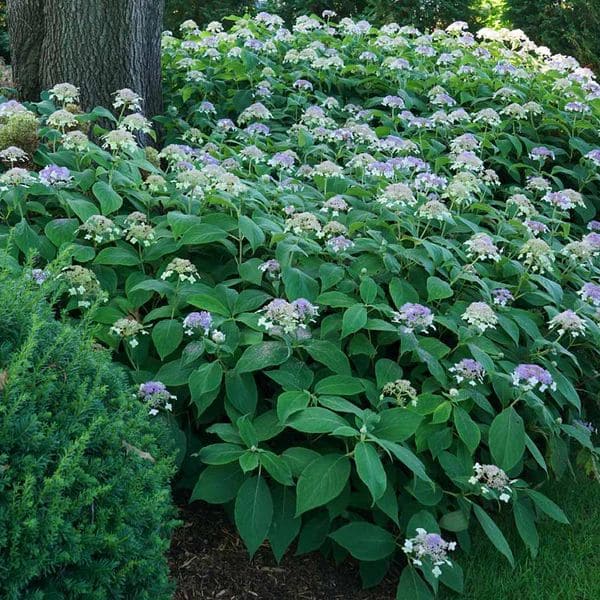
Another great option is the Climbing Hydrangea. This variety is particularly effective because it can grow vertically, allowing the blossoms to mature well above the reach of deer.
Mature Climbing Hydrangeas develop woody stems that are unappealing to deer. If you grow this flower, remember to prepare trellises to keep it growing optimally.
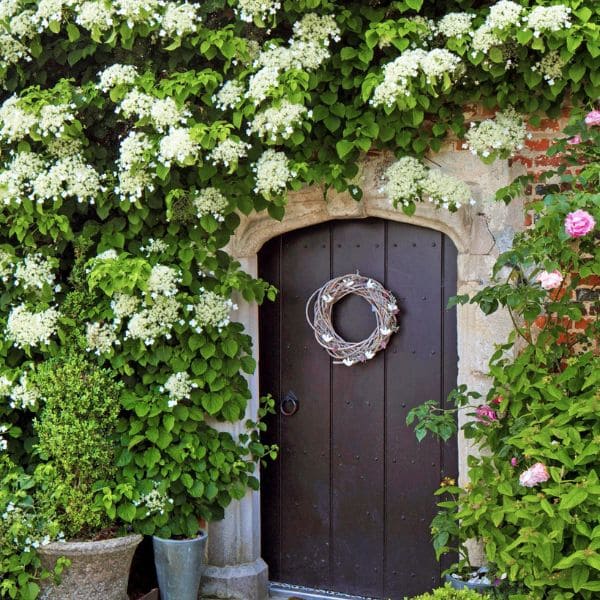
Tip 4: Habitat Modification
I made it a habit to regularly clear out any overgrown areas to make the space around my hydrangeas open and exposed and discourage deer from lingering in the area.
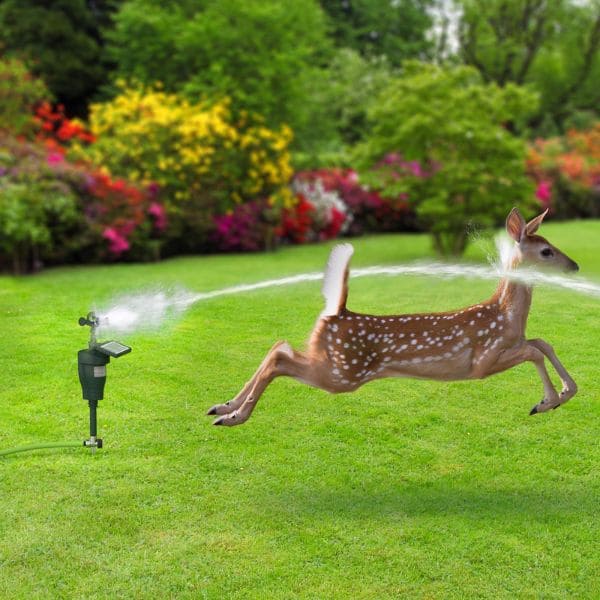
Another game-changer has been installing motion-activated sprinklers. These devices are fantastic for startling deer and training them to avoid your garden. When a deer approaches, the motion sensor triggers a sudden burst of water scaring the deer away.
Tip 5: Planting In Containers
Planting in containers allows you to position your hydrangeas in areas where deer are less likely to venture, such as close to the house or in a well-lit, busy part of the yard as they prefer to feed in more secluded, quiet spots.
Containers also give you the ability to move your plants as needed. If you notice deer are frequenting a certain area, you can easily relocate your hydrangeas to a safer spot. Moreover, you can adjust the soil pH to get the perfect bloom colors and manage watering more effectively.

Tip 6: Noise and Light Deterrents
Their unpredictable sounds of wind chimes can startle deer and think twice about entering your garden. I’ve hung several wind chimes before the house. The gentle tinkling sounds are pleasant for me but unsettling for the deer.
Motion-activated lights are another excellent deterrent. These lights turn on suddenly when they detect movement, startling deer and making them wary of the area. The bright, unexpected light can also send deer running.
Although these lights are generally easy to set up, it can disturb you or your neighbors with frequent lighting.

Tip 7: Companion Planting
Firstly, consider lavender, rosemary, and sage with strong scents that deer find unpleasant. Deer rely heavily on their sense of smell to detect predators and locate food, so the overpowering aroma of these plants can deter them from entering your garden.

Besides, plants like lamb’s ear and yarrow are excellent choices because of their fuzzy foliage. Deer dislike the texture of these plants and usually avoid eating them.
Echinops (globe thistle) and sea holly are also effective spiky plants that can deter deer. These plants have sharp, prickly foliage that deer do not want to eat. The physical discomfort caused by these plants’ spikes makes them an excellent natural barrier.
Tip 8: Getting A Dog
My loyal companion, Max, has been an unexpected hero in protecting my garden. Max loves to patrol the garden, especially in the early morning and late evening when deer are most active. His mere presence is often enough to make deer think twice about entering our yard.
The sound of barking is another powerful deterrent. When Max senses a deer nearby, his barking sends them running, so he has saved my hydrangeas countless times.
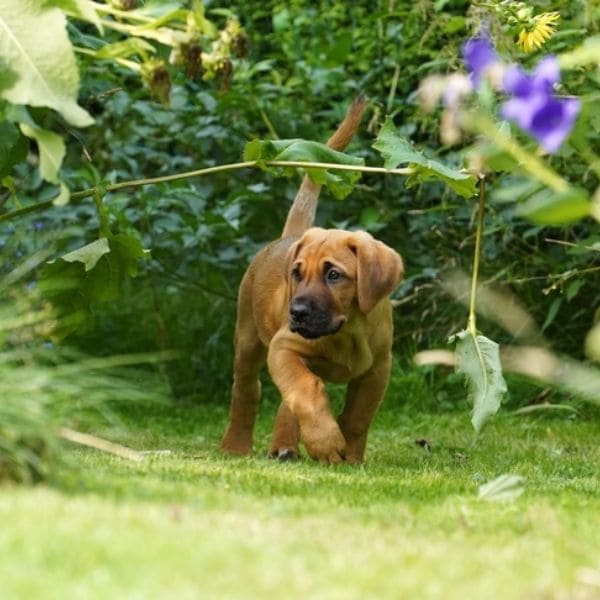
FAQs
What smell do deer hate the most?
Some of the smells they hate the most include those from fragrant plants like lavender, rosemary, and sage. Additionally, the scent of putrescent eggs, garlic, hot peppers, and predator urine (such as coyote or wolf urine) is highly effective in deterring deer from your garden.
What Varieties of Hydrangea Deer Love Most?
Deer are more likely to be attracted to Hydrangea macrophylla, commonly known as bigleaf hydrangea. This variety has tender, lush foliage and large, juicy flowers that deer find quite appetizing.
What flowers do deer hate the most?
Deer tend to avoid flowers with strong scents, fuzzy textures, or spiky foliage. Some of the flowers deer hate the most include: lavender, lamb’s ear, flowering tobacco, heliotrope, larkspur, poppy, pot marigold, snapdragon, strawflower, and sweet alyssum.
